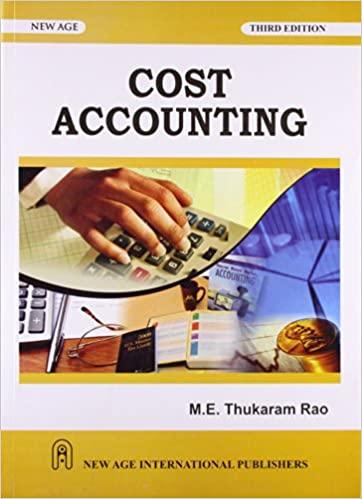4. Consider the model of the medieval economy discussed in class: MtV=PtYtYt=ALtPtPt+1=(LLt) a) Suppose V=1,A=1, and L=1. Calculate the steady state of this economy when Mt=1. b) Take logarithms of all the equations of the model. Use the production function to eliminate Lt from the model. What are the two remaining endogenous variables? c) Suppose that time is measured in years and the economy is in the steady state calculated in part (a) at time t=1. Suppose that at time t=0 Vikings bring back a boatload of gold coins that raises the money supply to M0=3. Suppose that the money supply remains constant at this level for the next 20 years. Suppose that =0.25. Trace out the dynamics of the logarithm of the price level and the logarithm of output over these 20 years using the two equations from part (b). You can do this by hand. But it is tedious. To avoid such tedium, you can do this part of the question in Excel. Plot the resulting "time series" for the logarithm of output, the logarithm of the price level and the logarithm of the money supply from t=1 to t=20 (i.e. plot each variable as a function of time) using Excel. d) Now suppose that =0.5. Trace out the dynamics in this case. Again plot the results as in part (c). e) Comment on the transition dynamics and the difference between the two cases. (One paragraph.) 4. Consider the model of the medieval economy discussed in class: MtV=PtYtYt=ALtPtPt+1=(LLt) a) Suppose V=1,A=1, and L=1. Calculate the steady state of this economy when Mt=1. b) Take logarithms of all the equations of the model. Use the production function to eliminate Lt from the model. What are the two remaining endogenous variables? c) Suppose that time is measured in years and the economy is in the steady state calculated in part (a) at time t=1. Suppose that at time t=0 Vikings bring back a boatload of gold coins that raises the money supply to M0=3. Suppose that the money supply remains constant at this level for the next 20 years. Suppose that =0.25. Trace out the dynamics of the logarithm of the price level and the logarithm of output over these 20 years using the two equations from part (b). You can do this by hand. But it is tedious. To avoid such tedium, you can do this part of the question in Excel. Plot the resulting "time series" for the logarithm of output, the logarithm of the price level and the logarithm of the money supply from t=1 to t=20 (i.e. plot each variable as a function of time) using Excel. d) Now suppose that =0.5. Trace out the dynamics in this case. Again plot the results as in part (c). e) Comment on the transition dynamics and the difference between the two cases. (One paragraph.)







